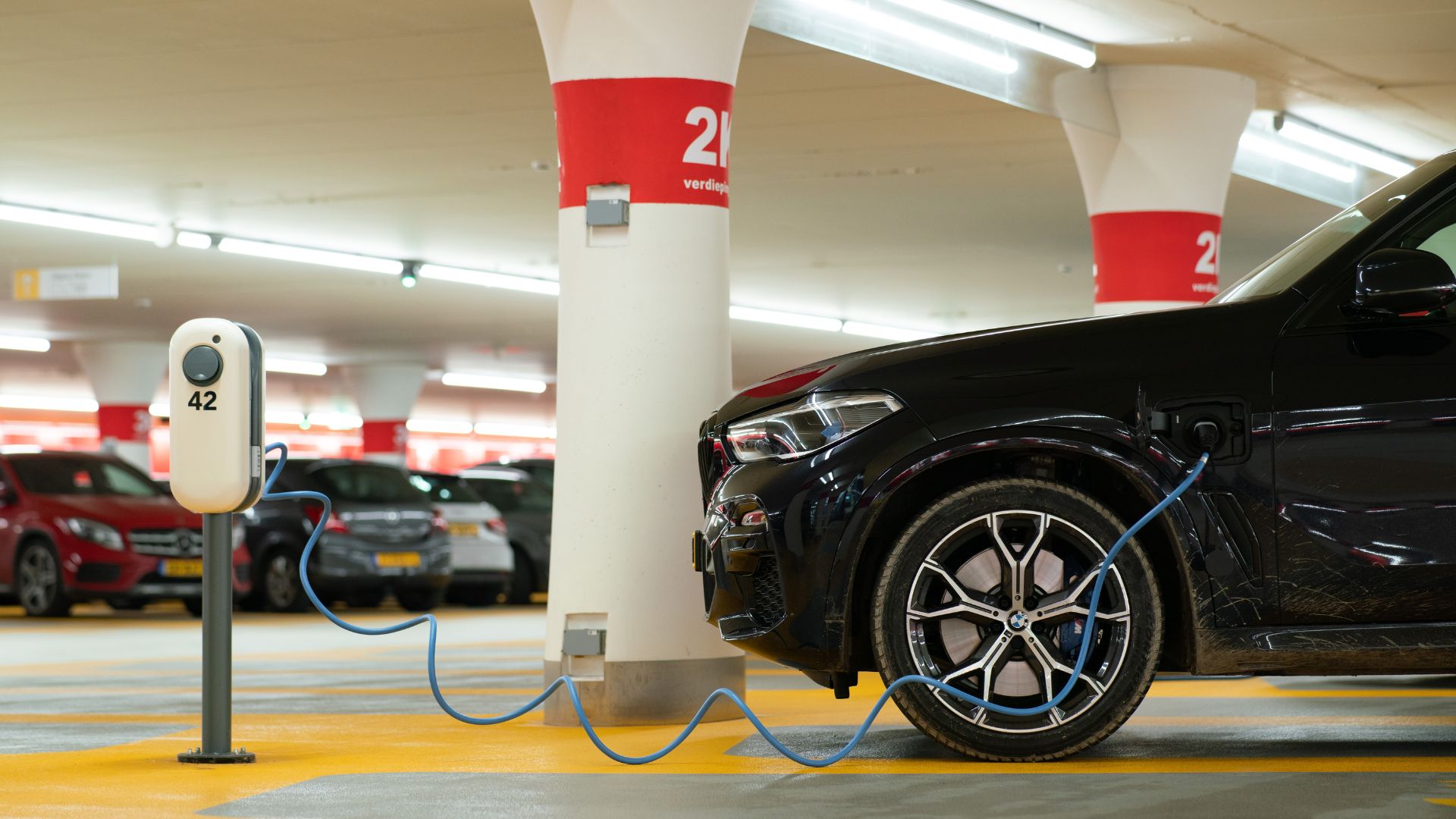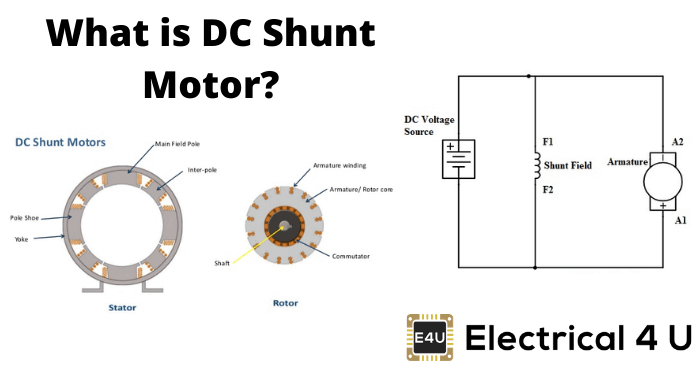 If you are looking for a way to reduce the environmental impact and reduce your monthly fuel cost, converting your old petrol car to an electric car may be the best solution for you.
If you are looking for a way to reduce the environmental impact and reduce your monthly fuel cost, converting your old petrol car to an electric car may be the best solution for you.
Converting your petrol or diesel car to electric can result in significant savings on fuel, maintenance, and repair costs. It is also a great way to protect the environment and keep your car safe in the future.
However, converting a petrol car to an electric car is not easy and may seem like a huge task. and it is true! You will need to make modifications such as installing new components, reworking existing components, or even replacing some parts entirely with electricity.
Here’s everything you need to know about converting your petrol or diesel car to an electric car.
Benefits of converting your old petrol car to an electric car
There are many benefits to converting your car to an electric car, including:-
- Reduction in the consumption of fossil fuels:
You don’t need petrol or diesel to drive an electric car. Instead, electricity generated from solar, wind, or hydroelectric sources can be used. You may also be able to use energy from your home to power your car, especially if you have an electric vehicle.
- Enhanced Safety:
An electric car is safer for commuters and pedestrians because there are no toxic, flammable, or explosive gases. There are also fewer moving parts inside an electric car, which reduce the risk of malfunction or failure.
- Low Maintenance Cost:
Electric cars have significantly fewer moving parts and are less likely to wear out than gas or petrol cars. In fact, electricity is the most reliable form of energy we have and is less likely to break down than other forms of fuel on Earth.
- Low Emissions:
Electric cars emit no tailpipe emissions from the exhaust pipe. This is great for people who live in places where air pollution is an issue. Converting your car to an electric car is also better for the environment in the long run because you are reducing the need for fossil fuels, which are non-renewable resources.
- Tax incentives:
Many countries, states, and cities (and most cities in India as well) offer tax incentives for buying electric vehicles.
Read More: All Indian State Electric car Policies and Subsidies
In many places, you can also get a lower rate on your car insurance if you drive an electric car and will not charge a parking fee for your EV. You also get an incentive if you install an electric car charging station in your home.
What You Need to Know About Converting Your Petrol Car to Electric Car
Converting a car to electricity is a very involved process.
The first thing to do is to learn more about the type of car that you want to convert. This is important because each type of car has different components that you will need to convert.
Once you know the types of cars that you want to convert, you will then need to decide upon the type of electrical system that you would like to use.
There are three main types of electrical systems: –
- Series-Wound System:

This system uses one or more electric motors and a single battery pack. It is the simplest system to build. However, it has a low top speed, and acceleration is very slow.
This system is not very common (more details).
- Shunt-Wound System:

This system uses one or more electric motors and a single battery pack. It is essentially the same as the series-wound system, but with one important difference: the shunt-wound system uses a capacitor.
The capacitor stores a little bit of power and releases it to the series-wound system when needed. The shunt-wound system is the most common system used for electric cars. –
- Parallel-Wound System:
This system uses two or more electric motors and two or more battery packs. The Parallel-wound system is best for high-speed cars because it has a low-resistance circuit. It is also ideal for cars that have a large range because it has a high-power circuit.
How to Convert petrol or Diesel Car to Electric?
Car Parts You’ll Need to Convert are:
Once you decide on the type of electrical system to include in your car, you’ll need to shop around for the parts you need.
It is important to note that the type of parts you will need will depend on the type of electrical system you decide to use. If you decide to use a series-wound system, you will need to purchase one or more electric motors. You will also need to purchase one or more batteries to go with the system.
If you choose a shunt-wound system, you will need to purchase one or more electric motors, a battery pack, and a diode. If you opt for a parallel wound system, you will need to purchase two or more electric motors, two or more batteries, and a circuit controller.
Read more: Ola S1 Pro Top 10 Advantages and Disadvantages
Rebuilding or Upgrading Your Existing Electrical System
If you decide to use a series-wound system, you will first need to rebuild your existing electrical system. This can be a difficult and time-consuming process, but it will be worth it in the end.
If you decide to use a shunt-wound system, you will need to upgrade your existing electrical system. You can do this by adding a capacitor to your system.
Installing an Electronic Controller and Electronic Motor
If you decide to use a series-wound system, you will need to install an electronic controller and an electric motor. An electronic controller is a device that provides instructions to the motor. You will need to install the controller and motor in the same place that your old starter used to be.
If you decide to use a shunt-wound system, you will need to install an electronic controller. The controller is usually installed near the battery pack. You will also need to install an electric motor.
Installing Battery Packs
If you decide to use a series-wound system, you will need to install one or more battery packs. The battery packs should be installed on both sides of the car. The battery packs can be placed underneath the seats or in the trunk. If you decide to use a shunt-wound system, you will need to install one battery pack. The battery should be installed underneath the seats or in the trunk.
If you decide to use a parallel-wound system, you will need to install two battery packs. The battery packs should be installed underneath the seats or in the trunk.
Read more: Hyundai KONA Electric- 452 km Highest Range EV
Updating your Exhaust with an Electronic Box and Electronic Converter
If you decide to use a series-wound system, you will need to install an electronic converter box in your exhaust. The converter box will take the electricity that your car is producing and turn it into the type of energy that your car’s engine needs.
If you decide to use a shunt-wound system, you don’t need to do anything with your exhaust. The system will already be converting the electricity that your car is producing into the type of energy that your car’s engine needs.
VW Beetle converted to electric in a day- Watch Video
Conclusion
Converting your petrol car to an electric car is a great way to reduce your environmental impact and reduce your monthly fuel costs.
And converting your gas or diesel car to electric can result in significant savings in fuel, maintenance, and repair costs. It is also a great way to protect the environment and keep your car safe in the future. However, converting a car to an electric car is not easy and may seem like a huge task. You will need to make modifications such as installing new components, reworking existing components, or even replacing some parts entirely with electricity.
FAQs- Frequently asked question
Electric Vehicle Conversion Cost in India
The cost of electric vehicle conversion varies on its type, if you want to convert your petrol scooter to an electric scooter, it will cost you from 20 to 45 thousand. And if you want to convert a petrol car to an electric car then the negotiated price in India can range from 1 lakhs to 2.50 lakhs.
Is it possible to convert a diesel or petrol car into an electric car?
Yes, it is 100% possible to convert a petrol car to an electric car, all you need is a conversion kit for your vehicle.
Is EV Conversion Legal in India?
yes, 100% EV Conversion is legal in India, the government of India has made changes to the law, now allowing people to convert their petrol/diesel cars into electric or hybrid ones through aftermarket retrofit kits.
Is It Worth Converting Your Vehicle to Electric?
Yes! It is 100% worth converting your ICE vehicle to an electric vehicle. You’ll find many benefits such as lower running costs, less maintenance, and help reduce carbon emissions.